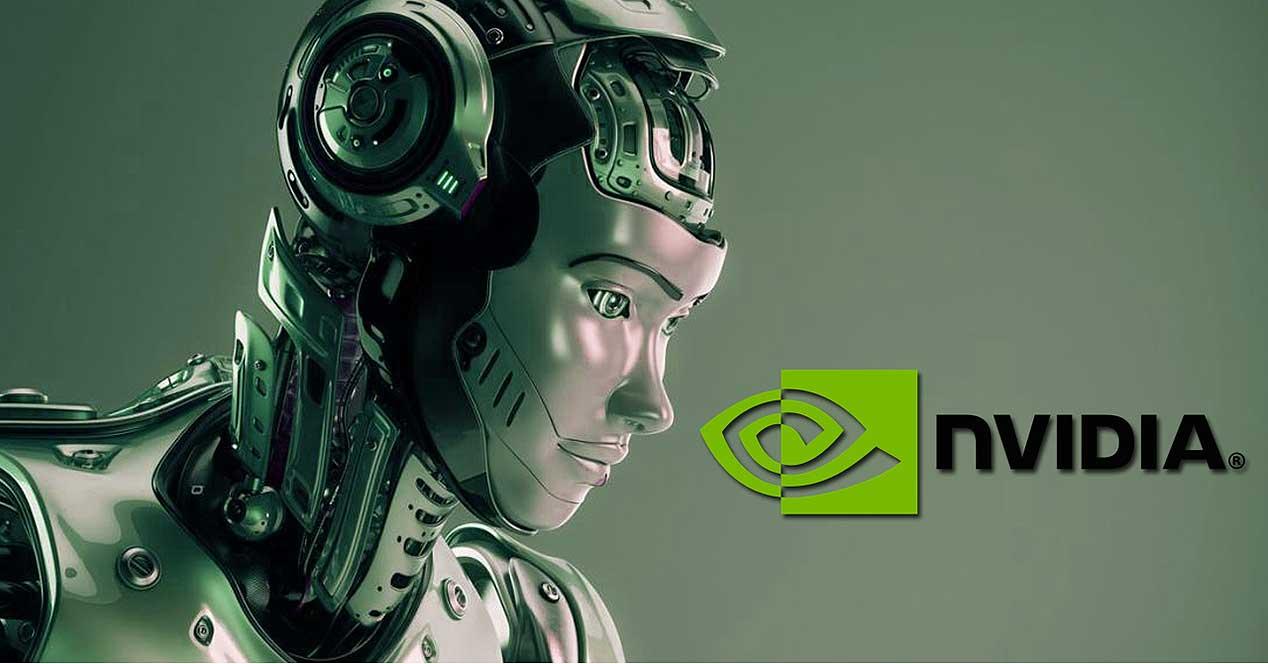Why is NVIDIA dominating the AI market? Are new architecture or competitors needed to drive this booming sector? There are many questions in an industry which is relatively new and which began to take shape about 10 years ago. Are we perhaps facing a market that, like cryptocurrencies, will leave users without graphics cards?
NVIDIA and AI, or how to get there first is a clear advantage sign
NVIDIA was founded in 1993 and late 2010 with only 17 years of life and after becoming a leader in the GPU market, its CEO came up with an idea that was as brilliant as it might be absurd for 99% of socialites: to bet on artificial intelligence as a weapon that would dominate a new data sector.
Huang was clear at that time, as he clearly saw that the number of data and its complexity as well as its weight would increase exponentially and that there would come a time when it would be impossible to make sense of said data. Today, even governments are allocating money for deep learning, with China and the United States once again on the front lines.
Analysts believe this is the scenario where, after semiconductors, everyone will be competing to analyze as much information as possible and have algorithms running around the clock without rest to analyze any kind of threat or future technology. Therefore, more and more and faster chips are needed, which Google slipped in 2015 with its AI project, Amazon already has inference chips with Alexa, even Baidu at Kunlum, where AMD lagged behind. to buy Xilinx for AI acceleration in the GPU, something similar to what Intel did with its Xeon in 2019 and is now launching into ASICs and GPUs for this industry and games.
The future of chips is having the best for AI
Therefore, the war of the future will be to have the best chips for artificial intelligence and thus dominate the largest market in the world in barely 20 years. The most obvious question is why it will grow so much and why exponentially faster chips are needed. The answer, volume of data aside, is simple: math. HPCs perform mathematical operations with so-called high-precision simulations, which are normally 64-bit (we will reach 128-bit in a short time) and therefore processors are needed due to their greater ability to handle such complex operations.
But AI doesn’t need as much bit complexity and 16-bit or 8-bit instructions can be used to work with the data, although the more complex ones keep falling on the CPU, a GPU currently speeds up. the simple loading in several times compared to a processor, so it is complementary and everything depends on software like TensorFlow from Google or PyTorch from Facebook.
Because of this, the industry wasn’t open to everyone, it’s not just a process where creating the best chip will give you an edge, and this is where NVIDIA also stands out with its entire software arsenal. for its GPUs. Its software libraries ignore the programmer and simplify the way to compile the code so that it hardly interferes with the GPU itself since it does not need it.
So how important will it be to have the best chip? It does not have to be a GPU, it can be a specific ASIC, IPU or TPU, of any size or function as long as it is designed for the deep learning. And is that the software tends to centralization, as it happens with APIs or the operating system and here everything seems to flow to the options of Google and NVIDIA itself, and therefore the chip design for the AI is just as important as the software or the family software to use.
The latest move in this industry has a lot to say, and it is nothing more than the purchase of ARM by Huang’s, where if completed we could talk about new NVIDIA signed chips of low consumption and high modularity which are specific to AI and DL especially for inference which is the simplest task to do and we can see GPUs with ARM SoCs on the same PCB to complete various tasks, speeding up the ‘whole system much better than the CPU + GPU + FPGA options. And it is that inference is not normally calculated within current deep learning servers such as DGX, but is intended for smaller external servers.
This approach would change all sectors, since with ARM and its chips from NVIDIA we would switch to IoT, making it possible to work not in the cloud, but on the device, for example. Therefore and in summary, it is an untapped market that will design the world of information and with it everything related to it, shaping the rest of the devices we use daily, hence the importance of having the most complete chip, the best software and the best platform for AI and DL, a cake that many want, including the small businesses born out of the NVIDIA movement itself, the so-called “bastards”, who are focus exclusively on this market.











